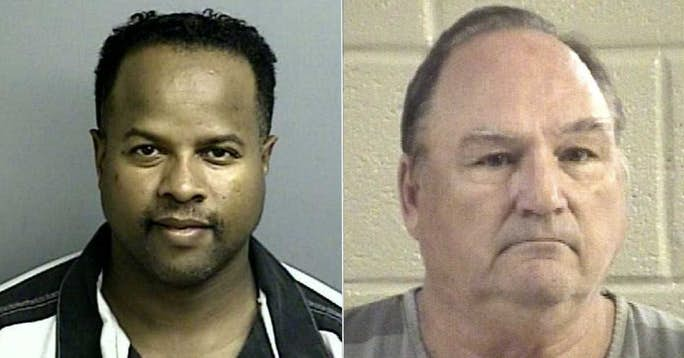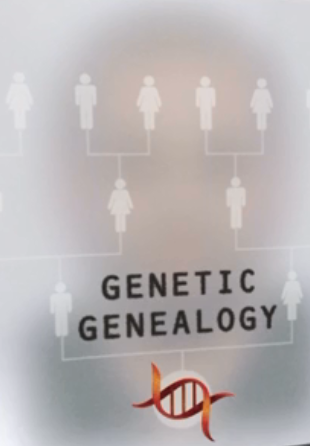2020 Meeting Calendar updated
Meeting Date Change
Police would like to use drones

Police Drones
Police are moving to use modern technology to assist them in fighting crime. The Dallas Police Department is looking for backing from their city council before moving forward with purchasing drones. Police refer to them as “small unmanned aerial systems” rather than “drones,” a word they say may remind people of weaponized aircrafts. The drones Dallas Police want to purchase will only be armed with cameras and will only fly when there is a specific mission according to Assistant Police Chief Paul Stokes. The department is hoping for a fleet of five: two for SWAT and three for patrol.
Dallas police don’t have any drones yet, but they had a chance to fly them during the National Rifle Association’s national convention in May, when the Texas Department of Public Safety brought theirs in and let Dallas officers fly them to monitor crowds at the downtown convention center.
Stokes said the price for the department’s preferred aerial systems range from $7,500 to more than $30,000. The low-cost models work in daytime and low-light settings. The mid-range aircraft, with thermal imaging technology, cost between $10,000 and $15,000. The most expensive, highest-tech versions specifically designed for law enforcement use, can cost more than $30,000.
Limited battery life means the aircraft could be flown for 25 to 35 minutes without a battery change, Stokes said. That’s just one reason why they couldn’t replace police helicopters, he said.
You can read the entire article by clicking here.
However police aren’t the only ones using drones. Criminal gangs are using them to spy on the police. In an article by the Washington Post Joe Mazel, the head of the FBI’s operational technology law unit, shed some light on an attack aimed at a Hostage Rescue Team.
“[Agents] heard the buzz of small drones — and then the tiny aircraft were all around them, swooping past in a series of ‘high-speed low passes at the agents in the observation post to flush them,’” he told a Denver audience on Wednesday, Defense One reported. “We were then blind. It definitely presented some challenges.”
Mr. Mazel also noted how criminal organizations are using drones to surveil police departments.
Witnesses are intimidated as a result of a gang’s ability to monitor “who is going in and out of the facility and who might be co-operating with police.”
Law-enforcement personnel want laws passed requiring drones that fly beyond their operators’ line of sight to broadcast an identity, Defense One added.
“Remote identification is a huge piece [of cutting down on drone crime],” Angela Stubblefield, the FAA’s deputy associate administrator in the office of security and hazardous materials safety, told the website. “[It enables] both air traffic control and other UAS [unmanned aerial systems] to know where another is and enabling beyond line-of-sight operations. It also has an extensive security benefit to it, which is to enable threat discrimination. Remote ID connected to registration would allow you to have information about each UAS, who owns it, operates it, and thus have some idea what its intent is.”
You can read the entire article by clicking here.
Two people are running for political office from jail. One is expected to win……

Running for Office from Jail
Two people are running for political office even though they are in jail. One of them is expected to win as no one is opposing him.
Ron Reynolds was sentenced to a one year sentence for five misdemeanor convictions of “Barratry” involving his law practice. Barratry is a legal term for ambulance chasing. He also owes $52,000 in fines and can no longer practice law according to KPRC.
Steve Foster is running for political office but was convicted of drunk driving. He is serving a six month sentence. According to the Daily Citizen Foster stated he hated this country and wished God would curse it.
You can’t make this stuff up….. If you want to read the entire article you can click here.
Genetic Genealogy solves cold case murders

Genetic Genealogy solves cold cases
Genetic genealogy is being used to solve the most notorious cold cases all over the country according to a 60 Minutes broadcast. Genetic genealogy combines a mixture of high tech DNA analysis, high speed computer technology, and old fashioned family genealogy.
DNA, or deoxyribonucleic acid, is a self-replicating material present in nearly all living organisms as the main constituent of chromosomes. It is the carrier of genetic information.
The Golden State killer committed 13 murders, at least 50 rapes and 100 burglaries in California from 1974 to 1986. The police had the killers DNA, but no matches were found in police databases. They never had a good lead until this year when a cold case detective submitted the DNA to a genealogy public database named GED match.
The investigators were hoping to find the killer but if they couldn’t find the killer they hoped to find someone related to the suspect and work their way back to him. Which is what they did.
The database produced a match similar to the Golden State Killer’s DNA. Now they had to work their way back through the family members of the DNA sample until they developed a suspect. Once they developed a suspect they were able to obtain a fresh DNA sample from him. When it was analyzed it was a perfect match to the Golden State Killer. The police arrested the now 72 year old suspect.
Since this case genealogy was used to make 11 other cold case arrests across the country.
Watch the whole 60 Minutes broadcast by clicking here.

